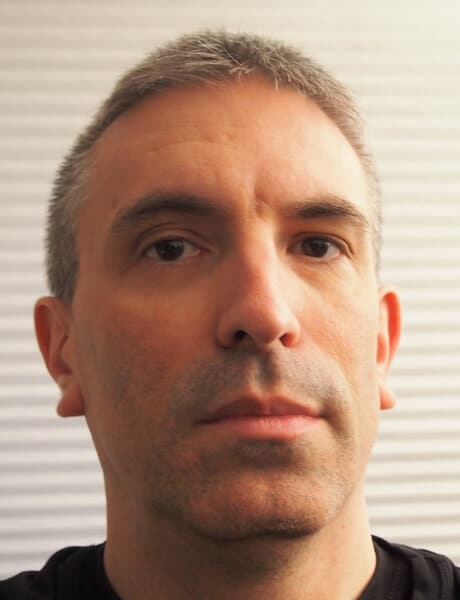Douglas A-20 Havoc Bomber
March 1st, 2024
10 minute read
During the Second World War, the United States produced a total of 300,000 aircraft. Those planes proved vital to the war effort, with more than a dozen aviation firms involved. The Douglas Aircraft Company produced several aircraft of note, including the SBD Dauntless dive bomber and C-47 Skytrain, and each is largely remembered for the role each played in ensuring victory.
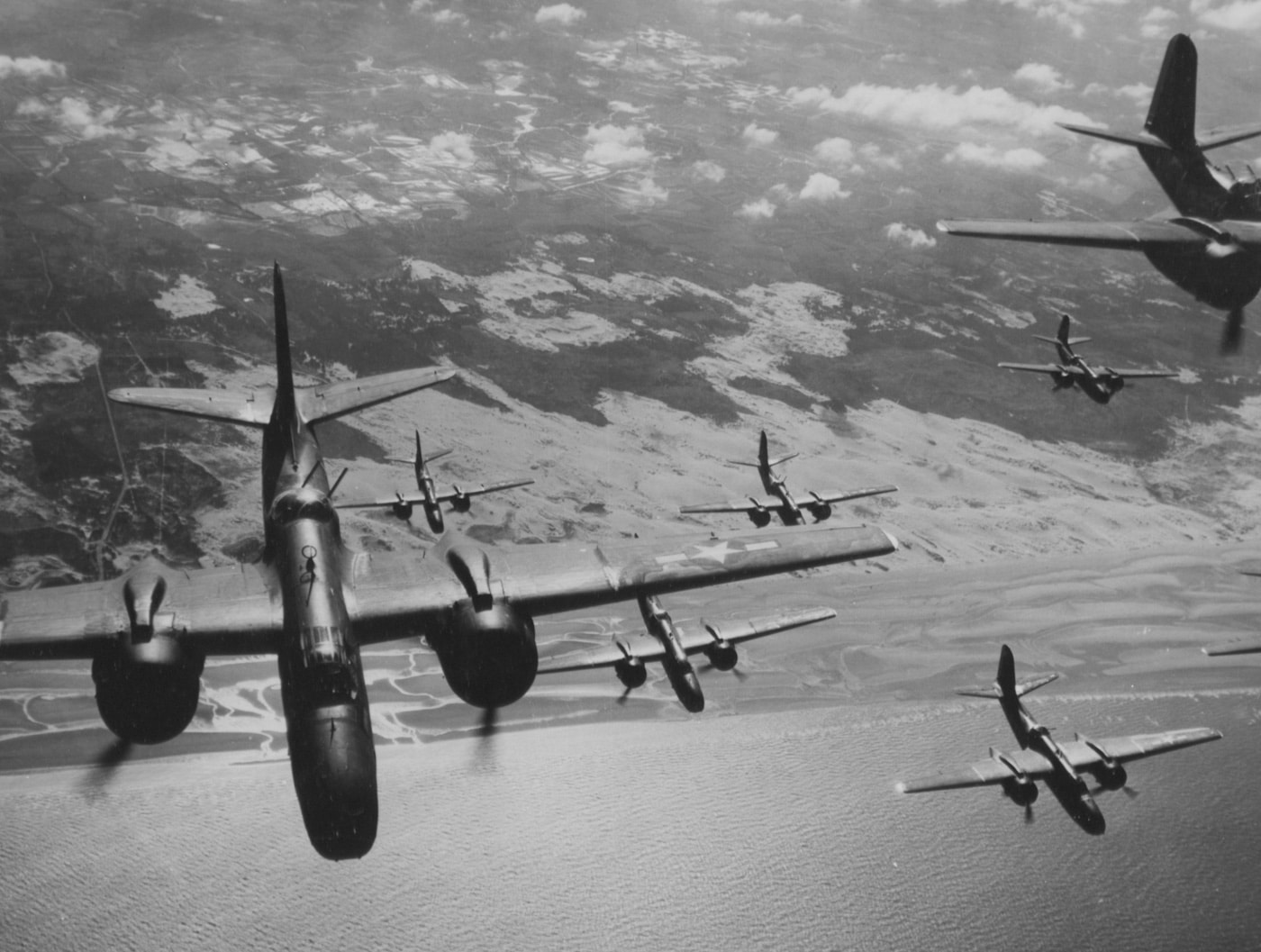
No less significant was the A-20 Havoc, a bomber that was overshadowed by the likes of the B-17 and B-24, yet was still blooded in battle in every theater of the war and sighted on almost every continent. The Havoc even became the most-produced attack bomber during the war and was used on numerous fronts around the globe including Europe, Africa, the Middle East and the Pacific.
Origins of the Havoc
Development of what was to become the A-20 began in the mid-1930s under the direction of designers Jack Northrop and Edward Heinemann of Douglas at El Segundo, California — and it was notable that the pair hadn’t even been told that the United States Army was seeking a twin-engine bomber.
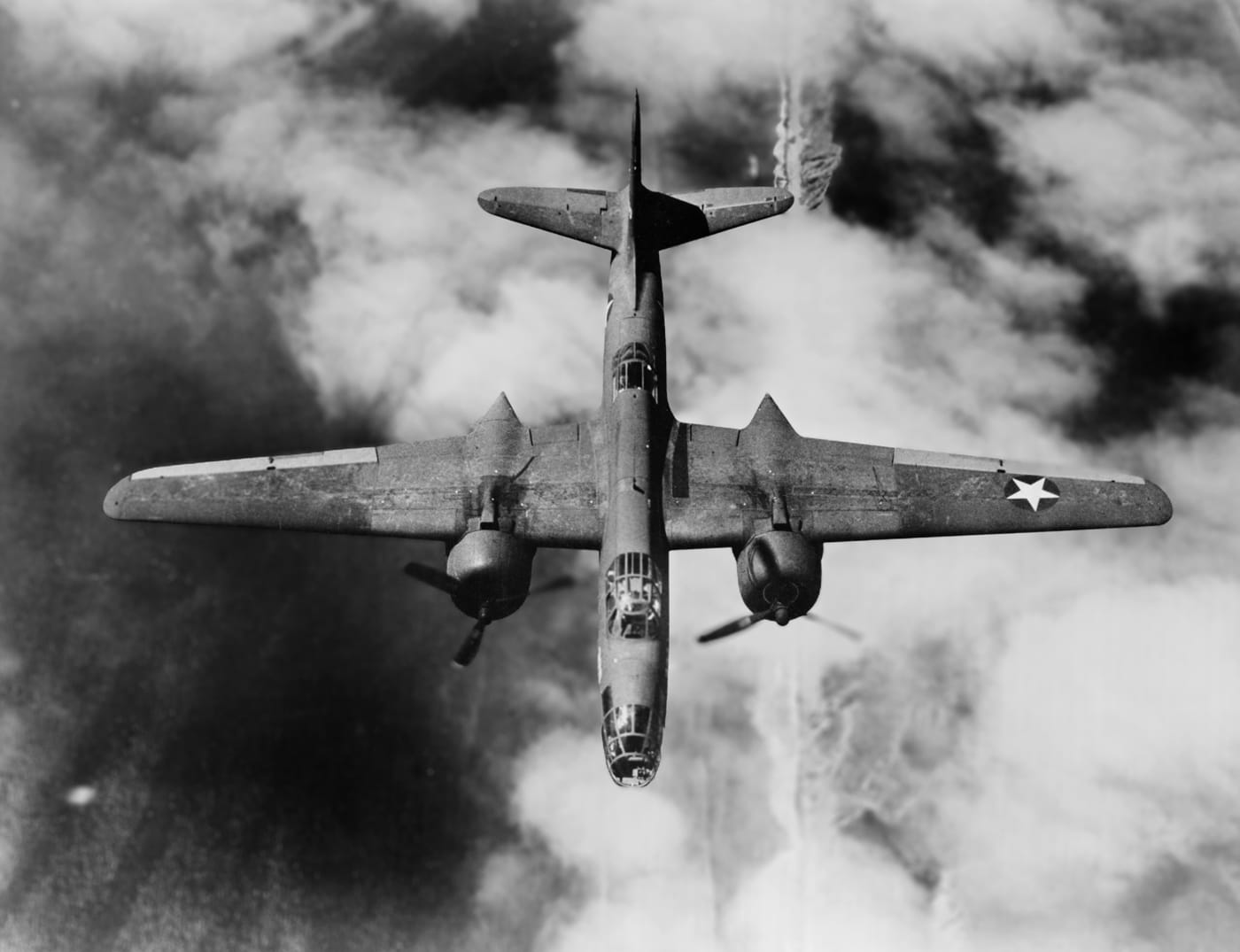
Designated the DB-7 by Douglas and initially planned to fill the role of the U.S. Army Air Corps’ attack specifications, it was dramatically altered to serve as a light bomber. It was given more powerful Pratt & Whitney Twin Wasp engines, and a nose wheel-type landing gear — the first for a military aircraft. As it took shape, the design evolved into a versatile aircraft that was used as a medium bomber, attack aircraft, night intruder, night fighter and even reconnaissance aircraft.
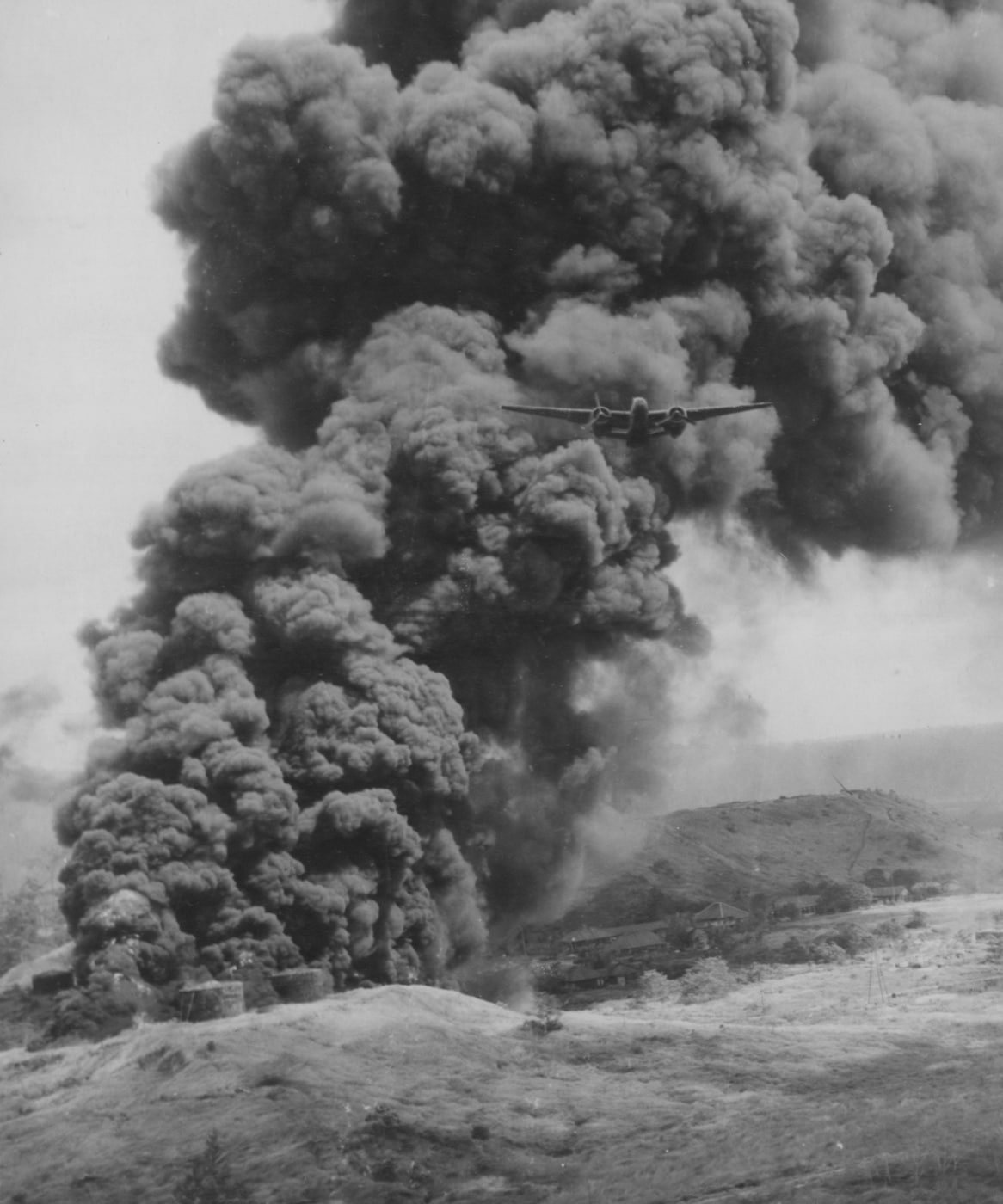
The A-20 Havoc had a maximum speed of 317 mph and a cruising speed of 230 mph, with a range of 1,025 miles and a ceiling of 25,000 feet. It could carry up to two tons of bombs. Armament varied, but the standard configuration included six fixed forward-firing .50 caliber Browning machine guns in the nose and twin .50 calibers in the dorsal turret, as well as an additional .50 caliber mounted behind the bomb bay. The combined armament gave the BD-7/A-20 the ability to bring havoc to the enemy and fend off fighters that confronted it.

Being the first with tricycle landing gear, pilots had to make the transition from the traditional “tail-draggers,” but it offered a number of benefits. The crew sat up high and comfortably and were able to proceed straight down the taxiway with a commanding view as the cockpit was located forward of the propeller arc.

However, the aircraft was also noted for a significant handicap — namely the narrowness of its aluminum alloy fuselage, which resulted in each crewman being fixed in his own position and largely unable to exchange places with others. Injury or death to the pilot would typically require the other two crew members to bail out.
Douglas A-20 Service in the French Armée de l’air
The first production aircraft rolled off the assembly in mid-August 1939. The clouds of war had already been long gathering and it was clear the storm was about to burst.

Unlike a number of other combat aircraft designed and built in the United States, the A-20 was unique in that while the aircraft was actually developed for the United States Army Air Corps, it was the French government that placed an initial order for 100 aircraft for its Armée de l’air (Air Force)
When the Second World War broke out, the United States found itself in a difficult position.
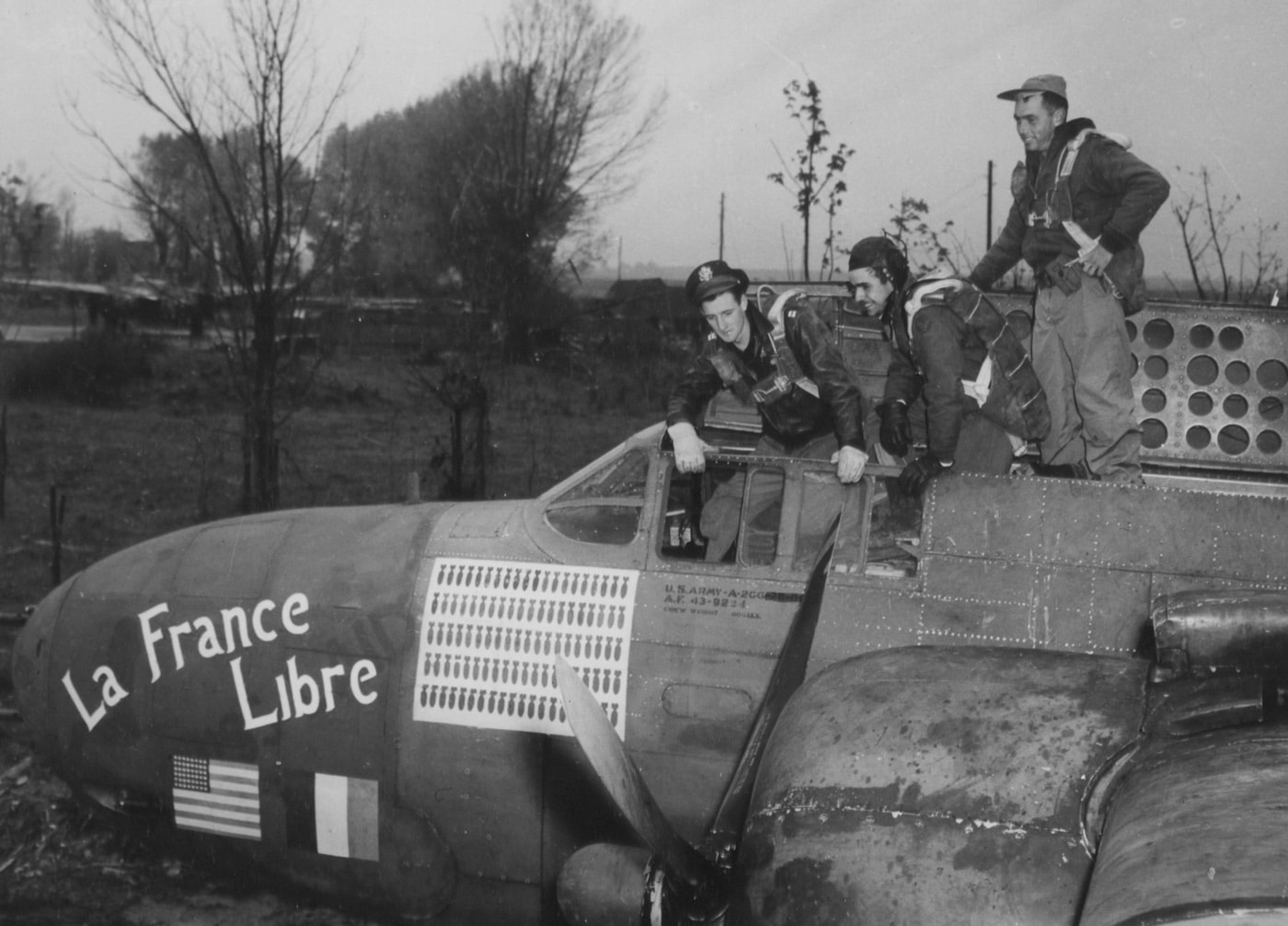
It couldn’t openly support the governments in London or Paris, so the planes were delivered via ship to the French military in Casablanca. The Havoc was first operated by the French Air Force’s 19th and 32nd Air Groups, initially in Morocco, but the units arrived in metropolitan France by the time of the German invasion in the spring of 1940. The French government clearly liked the aircraft as it ordered an additional 270 in the fall of 1939, and then an additional 480.

The A-20 Havocs were among the first U.S. warplanes to see combat in the conflict. The aircraft were used in dozens of sorties against the German military, but the German Blitzkrieg overwhelmed the French Army. A number of the A-20s were evacuated to North Africa before Paris fell in May.
Those aircraft remained under the control of the Vichy French, and were essentially grounded — at least until the U.S. forces arrived in North Africa as part of Operation Torch in November 1942. Many of the Havocs were then employed by the Free French forces and used as trainers, while some were later used against the German forces in occupied France at the end of the war.
The British DB-7 Boston
The UK’s Royal Air Force actually received a number of the Havocs that were ordered by the French and Belgian governments.

Those were designated the DB-7 “Boston” in RAF service — which caused confusion as the aircraft was also known as the A-20 Havoc with RAF. Regardless of its designation, the aircraft were initially fielded as day bombers used against German targets in North Africa and Europe. As the war waged on, the Havoc was found to be unsuitable in that role — especially as the British had more capable bombers including the Lancaster and Mosquito. As a result, the Havoc was modified into a dedicated night-fighter.
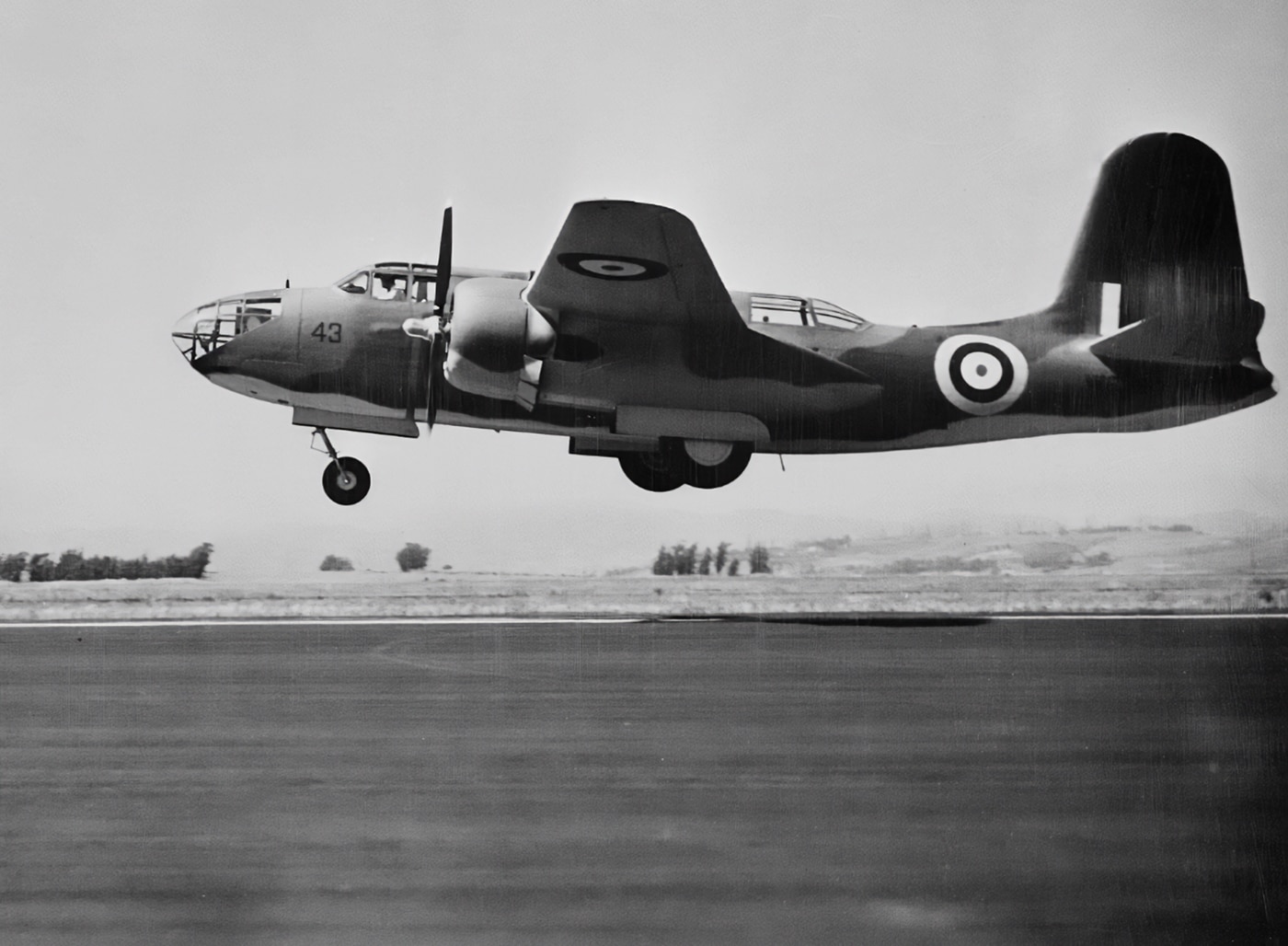
Baptism of Fire with the U.S. Military
The A-20 Havocs proved well-suited to operations in North Africa, and the United States Army Air Forces (USAAF) employed the aircraft in the campaign to defeat the German Afrika Korps, and in the succeeding invasions of Sicily and then in Italy.

Though overshadowed by more famous bombers and fighters, the A-20 still saw action in Normandy and throughout the liberation of Western Europe. However, by the war’s end, it was largely replaced by the newer and more capable Douglas A-26 Invader — an aircraft that would go on to see service in Korea and Vietnam.
A-20 Havoc as a Pacific Warbird
The Havoc first saw action in the war in the Pacific on December 7, 1941, as a number were at Pearl Harbor during the Japanese attack. Serving with the 5th Air Force in the South West Pacific Theater, modified A-20As with heavy nose armament were subsequently used for low-level strafing in New Guinea.

In the Pacific, perhaps even more than in Europe, the A-20 Havoc proved to be an ideal weapon for conducting pinpoint strikes against enemy aircraft on the ground, as well as hangers and supply dumps. When operating in formation, the Havocs could employ the combined heavy forward firepower to overwhelm shipboard anti-aircraft defenses and then conduct wave-top level skip-bombing — which involved a low-flying bomber dropping a bomb with a delayed-action fuse while approaching a ship at wave-top heights. The bomb would literally “skip” across the water like a rock until it impacts the side of the vessel, where it would then sink below the surface and explode.

This tactic was employed on transports as well as destroyers with devastating effect. Japanese crews, expecting a torpedo run, would turn the vessels bow-on to the A-20s. That was a costly mistake, as it made the strafing all the more devastating and would make the vessels more vulnerable to follow skip-bombing runs.
Air Force Night Fighter: P-70
A night fighter variant, designated the P-70, was also employed during the Second World War. It first operated from Henderson Field on Guadalcanal in the Solomon Islands during the campaign to liberate the Philippines to intercept high-flying Japanese night raiders and also briefly flew in New Guinea. However, the P-70s only scored a handful of kills — with some sources saying just two — during the war.

It was replaced in the night fighter role by the Northrop P-61 Black Widow.
However, another variant — the F-3A — served as a night-time “foto” reconnaissance aircraft. Flying one of these aircraft may have required a special level of bravery as the armament was removed — though the crew of three was retained, consisting of a pilot, observer and navigator.
The first Allied aircraft to land at Itazuke, Japan after the August 1945 surrender was reportedly an F-3A.
The Soviet Havoc
A significant number of Havocs were provided as Lend-Lease to the Soviet Union. Initially, these were provided from British stocks. The Soviets heavily modified the aircraft with external racks to allow for the dropping of torpedoes.
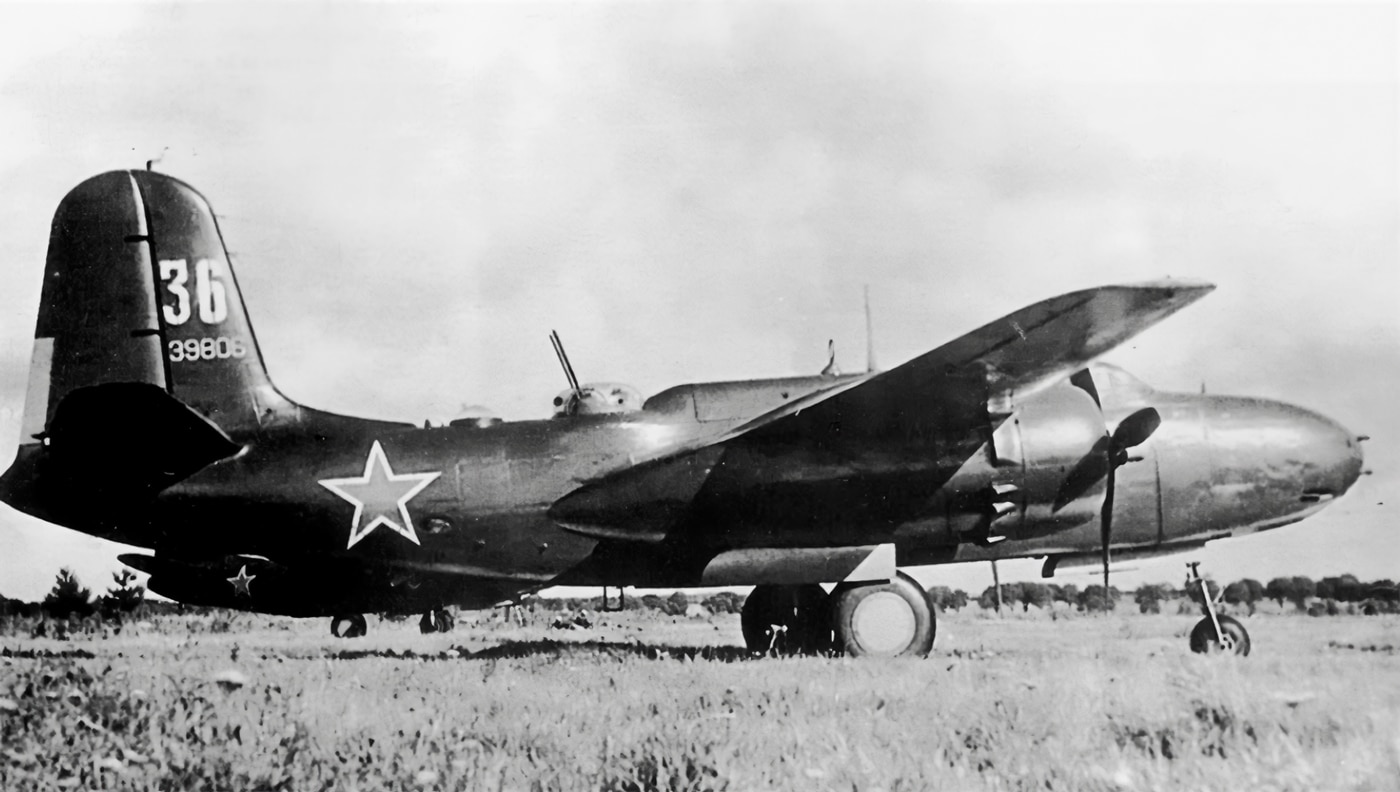
Each aircraft could, in theory, carry two airborne torpedoes, but in practice the Havocs carried one to enable greater range. The A-20s in Soviet service were also modified to drop air-delivered sea mines, and this actually combined some of the night fighter capabilities where the aircraft could fly in the cover of night and drop mines outside of harbors and in shipping channels. After learning of the success of the U.S. skip-bombing in the Pacific, the Soviets adopted a similar technique — dubbed “mast height bombing.”

Legacy of the Havoc Light Bomber
By the war’s end, a total of 7,477 DB-7/A-20/P-70/F-3As were built, and more than half were provided to America’s allies during the war.
Today, only a handful of A-20 Havocs remain.

One named “Little Joe” is now on display at the National Museum of the United States Air Force at Wright-Patterson Air Force Base (AFB) outside of Dayton, while another is at the Pima Air and Space Museum, adjacent to Davis-Monthan AFB in Tucson, Arizona.
An A-20G is at the Royal Australian Air Force Heritage Center — with plans to eventually move it to the Papua New Guinea National Museum and Art Gallery in Port Moresby. A Boston III variant is now on display at the RAAF Museum in Victoria.
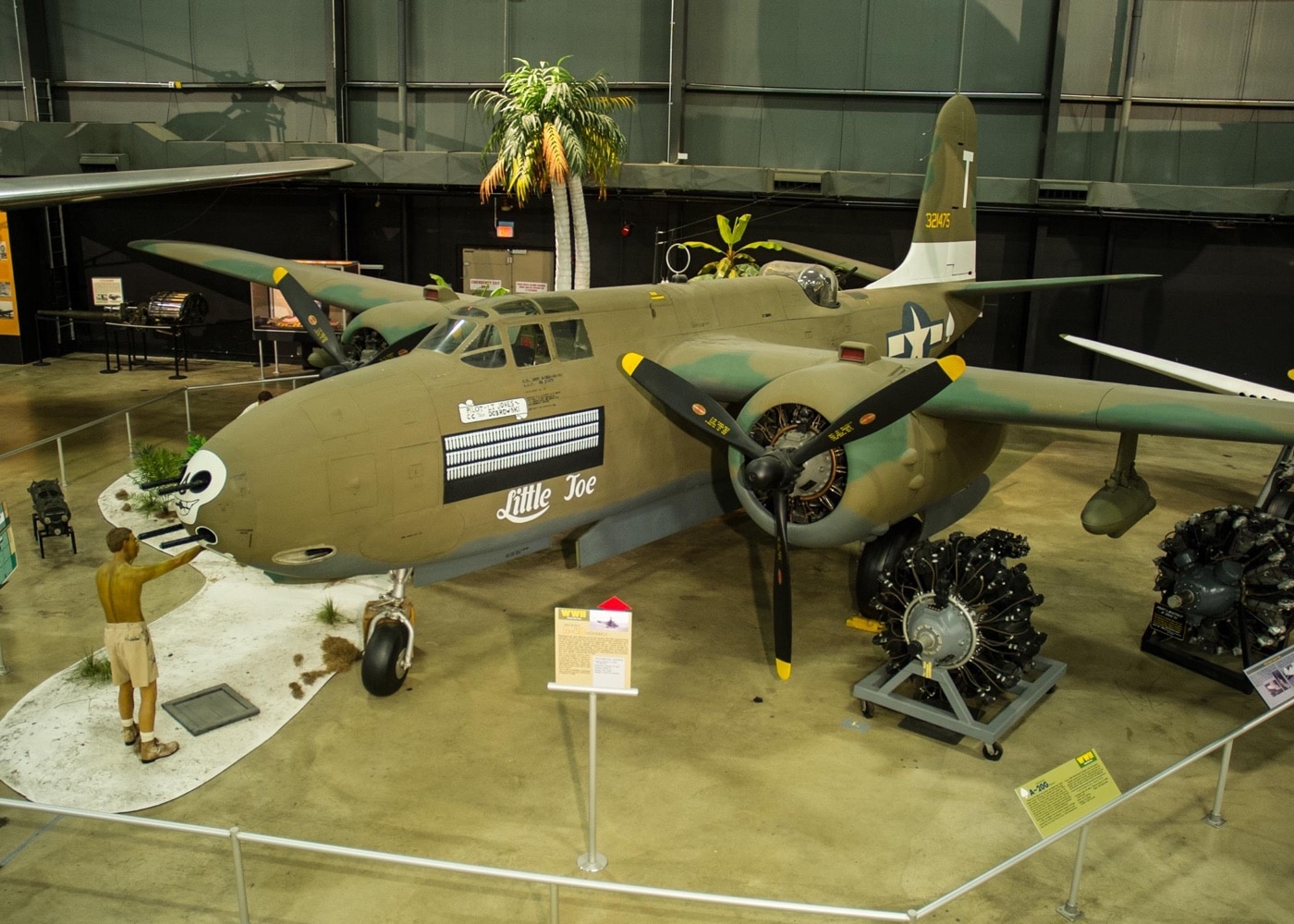
While several are now under restoration, the only airworthy Havoc is in the collection of the Lewis Air Legends, based out of San Antonio, Texas.

The mid-wing, twin-engine medium bomber was by no means the fastest aircraft in service, nor did it have the longest range. But it was noted for its survivability, a fact that was welcome by its aircrews as it helped ensure that it could take significant damage and still get back home. At the same time, the A-20 was more than able to live up to its “Havoc” name as it could deliver a serious punch to the enemy.
Finally, while it was designed as a bomber, during the latter stages of World War II it operated more like a fighter. It was unique in that it also was employed in a night intruder and reconnaissance role. The Havoc proved to be quite the versatile warbird.
Editor’s Note: Please be sure to check out The Armory Life Forum, where you can comment about our daily articles, as well as just talk guns and gear. Click the “Go To Forum Thread” link below to jump in and discuss this article and much more!
Join the Discussion
Continue Reading
Did you enjoy this article?

 473
473





